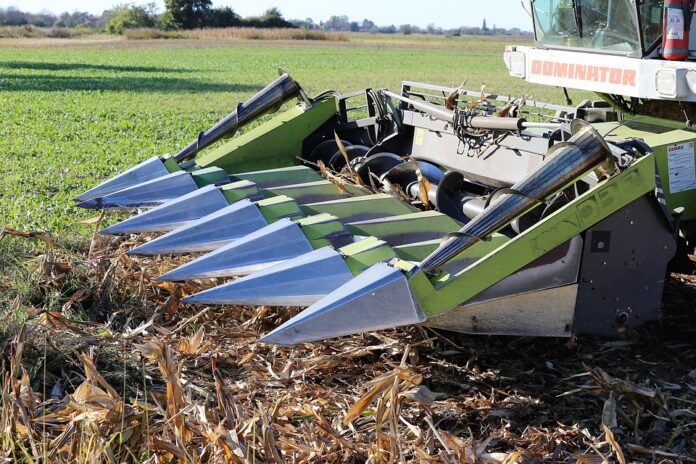Safety Features and Operational Standards for Harvest Machinery
Introduction
Harvest machinery plays a crucial role in modern agriculture, significantly increasing efficiency and productivity. However, the operation of these machines comes with inherent risks that need to be mitigated through the implementation of safety features and adherence to operational standards. In this report, we will explore the key safety features and operational standards that are essential for the safe and effective use of harvest machinery.
Safety Features
Safety features in harvest machinery are designed to protect operators, bystanders, and the equipment itself from accidents and injuries. Some of the common safety features found in modern harvest machinery include:
1. Roll-over protection structures (ROPS): ROPS are designed to protect operators in the event of a rollover accident. These structures provide a protective cage around the operator’s seat, reducing the risk of injury in case of a rollover.
2. Seat belts: Seat belts are essential for keeping operators securely in their seats during operation. In the event of sudden stops or accidents, seat belts can prevent operators from being ejected from the vehicle.
3. Emergency stop buttons: Harvest machinery should be equipped with easily accessible emergency stop buttons that allow operators to quickly shut down the machine in case of an emergency.
4. Visibility aids: Good visibility is crucial for safe operation of harvest machinery. Features such as rearview cameras, mirrors, and lighting systems help operators to see their surroundings clearly and avoid accidents.
5. Guards and shields: Moving parts of harvest machinery, such as blades and augers, should be equipped with guards and shields to prevent contact with operators or bystanders.
Operational Standards
In addition to safety features, adherence to operational standards is essential for ensuring the safe and efficient use of harvest machinery. Some of the key operational standards that operators should follow include:
1. Regular maintenance: Harvest machinery should be regularly inspected and maintained to ensure that all safety features are functioning correctly. Any faulty parts should be repaired or replaced immediately.
2. Training and certification: Operators should undergo proper training and certification before operating harvest machinery. This training should cover the safe operation of the equipment, as well as emergency procedures.
3. Operating guidelines: Operators should follow the manufacturer’s guidelines for the safe operation of harvest machinery. This includes proper loading and unloading procedures, as well as safe operating speeds.
4. Avoiding hazards: Operators should be aware of potential hazards in the operating environment, such as uneven terrain, overhead power lines, and bystanders. They should take precautions to avoid these hazards and operate the machinery safely.
5. Risk assessment: Before starting any harvesting operation, operators should conduct a risk assessment to identify potential hazards and take steps to mitigate them.
Industry Insights
The global market for harvest machinery is experiencing steady growth, driven by the increasing demand for food production. According to a report by Grand View Research, the global agricultural machinery market size was valued at $124.2 billion in 2020 and is expected to reach $158.2 billion by 2027, with a CAGR of 3.2% during the forecast period.
Major players in the harvest machinery industry include John Deere, AGCO Corporation, CNH Industrial, and Kubota Corporation. These companies are investing heavily in research and development to improve the safety and efficiency of their machinery, including the implementation of advanced safety features and technologies.
In conclusion, safety features and operational standards are essential for the safe and effective use of harvest machinery. By following proper safety protocols and adhering to operational standards, operators can minimize the risk of accidents and injuries, ensuring a smooth and productive harvesting process.




